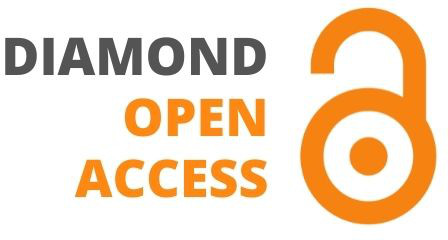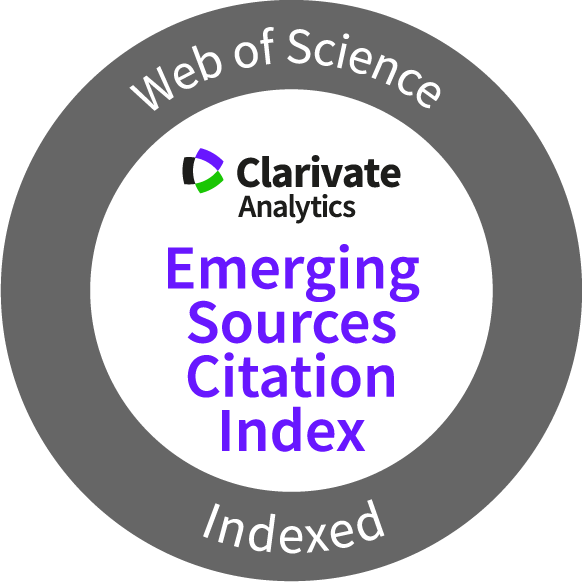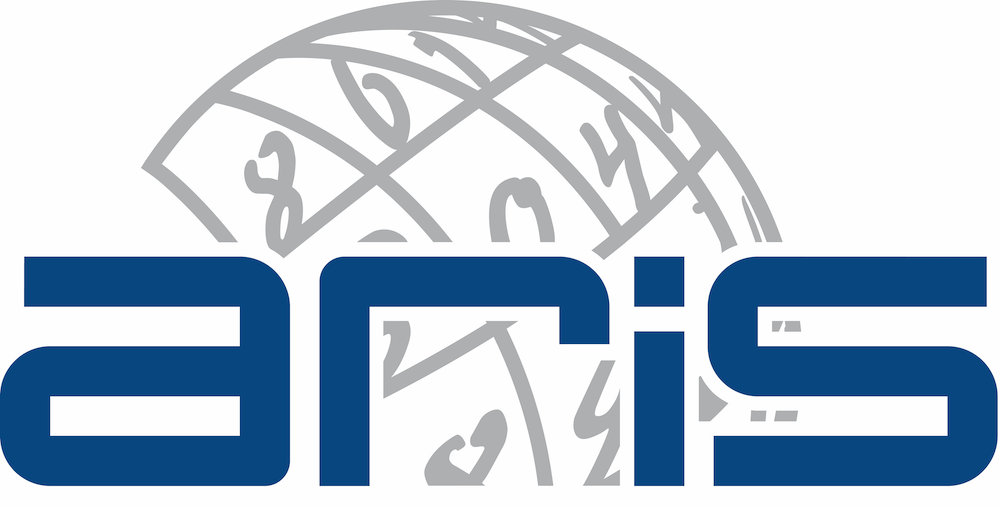Journal of Information Technology in Construction
ITcon Vol. 30, pg. 1680-1706, http://www.itcon.org/2025/69
A life cycle cost analysis framework to compare fixed sensor network and on-demand robot-based data collection in indoor building environments
| DOI: | 10.36680/j.itcon.2025.069 | |
| submitted: | February 2025 | |
| revised: | October 2025 | |
| published: | October 2025 | |
| editor(s): | Turk Z | |
| authors: | Bharadwaj R. K. Mantha, Assistant Professor
Department of Civil & Environmental Engineering, University of Sharjah (UoS), Sharjah, UAE, P.O.Box 27272; Adjunct Faculty, Department of Civil Engineering, Indian Institute of Technology Madras (IITM), Tamil Nadu, India, P.O.Box 600036 ORCID: https://orcid.org/0000-0002-3173-3966 rmantha@sharjah.ac.ae Vamsi Sai Kalasapudi, Assistant Professor College of Computing, Engineering & Construction (CCEC), University of North Florida (UNF), Florida, USA, P.O.Box 32224 ORCID: https://orcid.org/0000-0003-3241-0752 vamsi.kalasapudi@unf.edu Adithya V. A. Upadhyaya, Undergraduate Student Department of Civil Engineering, Indian Institute of Technology Bombay (IITB), Powai, India, P.O.Box 400076 aadiupadh@gmail.com Albert Thomas, Associate Professor Department of Civil Engineering, Indian Institute of Technology Bombay (IITB), Powai, India, P.O.Box 400076 ORCID: https://orcid.org/0000-0002-4924-6592 albert@iitb.ac.in | |
| summary: | Indoor environmental quality (IEQ) monitoring is crucial for occupant well-being and building performance optimization, with data collection methods significantly impacting the effectiveness and feasibility of monitoring systems. Fixed wireless sensor networks (FWSN) have been widely used for IEQ data collection and monitoring; however, they face several challenges, such as tedious installation and maintenance, as well as high power consumption. To address these limitations, mobile sensor robots (MSR)-based data collection systems were suggested as a viable alternative through various studies. Nonetheless, a comparative analysis of the economic feasibility of both indoor data collection methods remains unexplored. In this study, a comprehensive Life Cycle Cost Analysis (LCCA) framework was developed to compare the financial viability of FWSN and MSR systems for indoor ambient temperature data collection, incorporating building characteristics, cost components of data collection methods, as well as both deterministic net present value (NPV) calculations and probabilistic Monte Carlo simulations to account for uncertainties. This study, therefore, contributes to a practical methodology to guide financial and operational decisions for indoor IEQ monitoring systems through a systematic LCCA framework that combines deterministic and probabilistic analyses, along with sensitivity and heatmap visualizations. The methodology was validated through a case study involving three commercial complexes of varying sizes in Mumbai, India, with sensitivity analysis and heatmap visualization employed to investigate the influence of key parameters such as floor space, discount rate, sensor density, and data collection intervals. Results revealed that FWSN systems were more feasible for smaller buildings, with an NPV of around 35 million INR compared to an NPV of around 90 million INR for MSR, while MSR systems proved more cost-effective for larger floor spaces with an NPV of around 90 million INR versus 140 million INR for FWSN. The sensitivity analysis and generated heatmaps identified multiple breakeven points between the two systems at different values of investigated parameters, highlighting the critical need to accurately identify specific conditions and characteristics of a project during the initial stages to employ the most cost-effective system. Some limitations were present in this study, such as the assumptions of uniform floor space distribution, fixed labor requirements, and robotic price variability, which may not reflect more complex building environments. The developed framework serves as a valuable decision-making tool for facility managers to evaluate and select optimal data collection strategies based on specific building characteristics and monitoring requirements. | |
| keywords: | indoor environmental quality, fixed wireless sensors, mobile sensor robots, life cycle cost analysis, net present value, monte carlo simulation | |
| full text: | (PDF file, 1.427 MB) | |
| citation: | Mantha B R K, Kalasapudi V S, Upadhyaya A V A, Thomas A (2025). A life cycle cost analysis framework to compare fixed sensor network and on-demand robot-based data collection in indoor building environments, ITcon Vol. 30, pg. 1680-1706, https://doi.org/10.36680/j.itcon.2025.069 | |
| statistics: |





